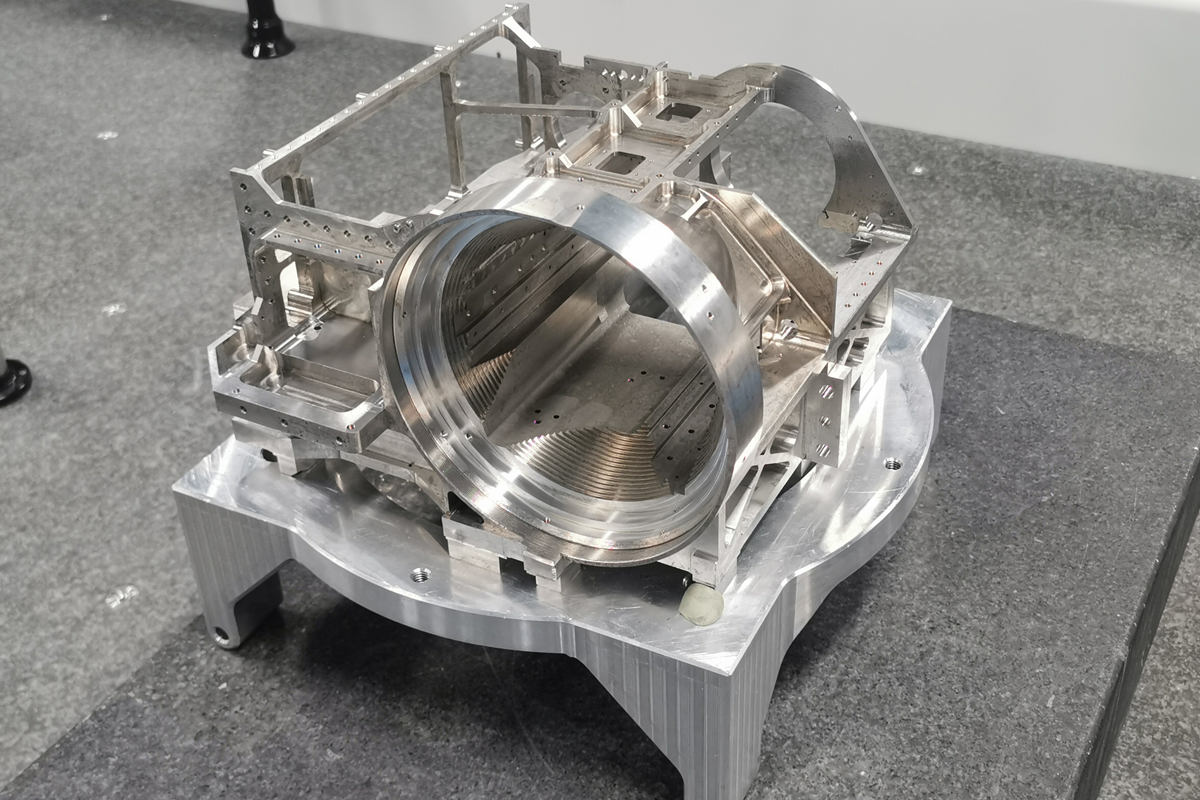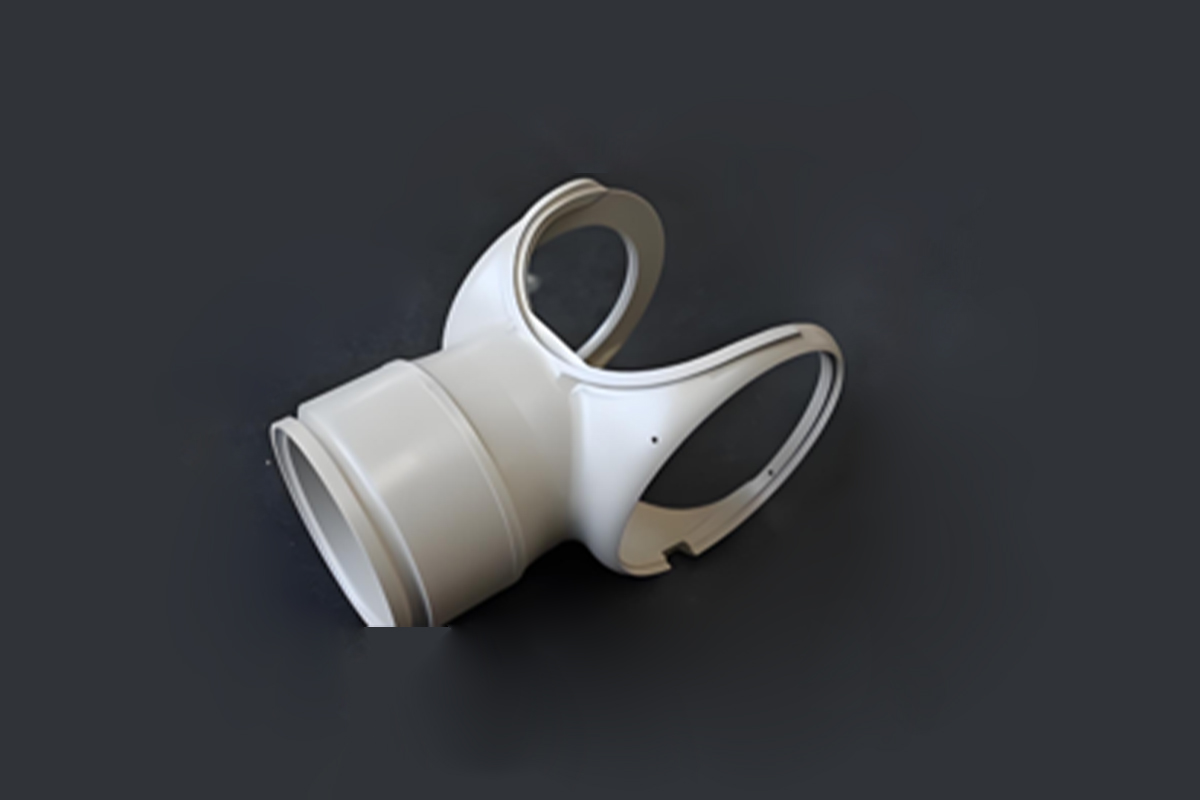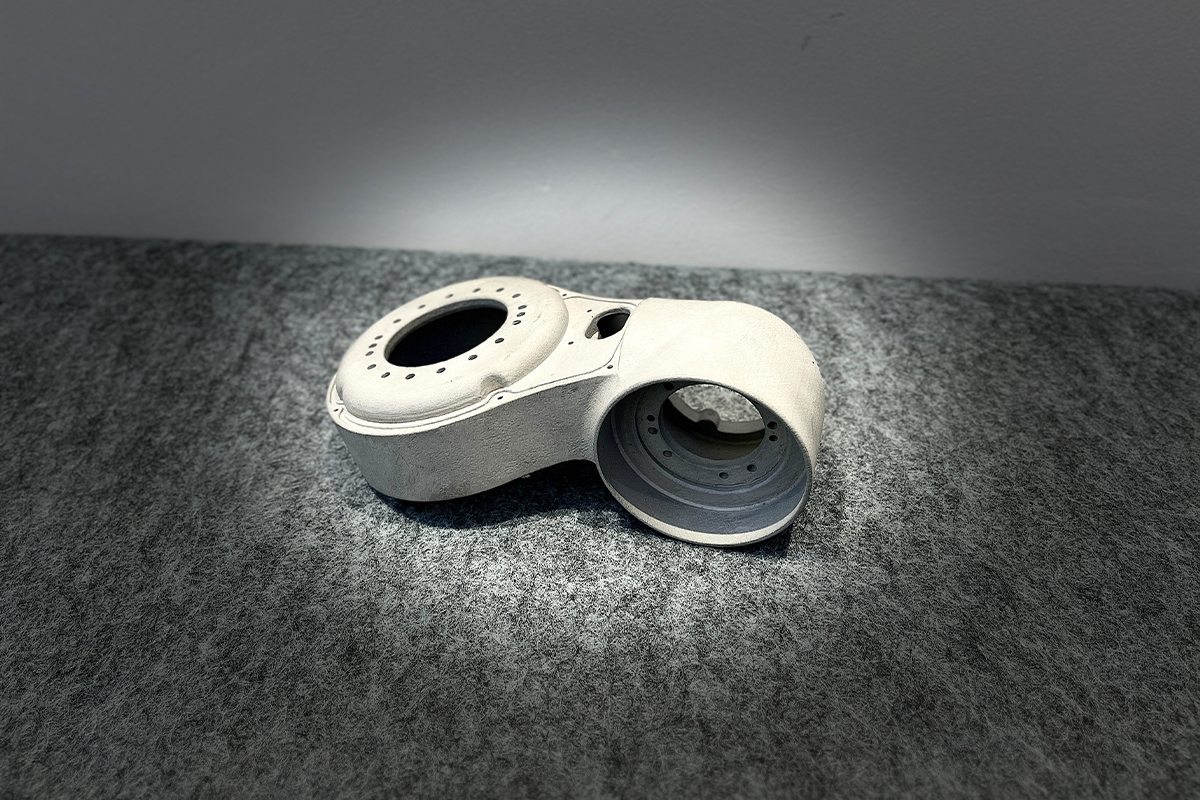Achieving fast delivery for 5-axis CNC precision parts requires a combination of strategic planning, process optimization, and collaboration. Here’s a step-by-step guide to meet tight deadlines without compromising quality:
1. Optimize Design for Speed
Simplify geometries: Avoid overly complex features (e.g., deep pockets, thin walls) that slow machining.
Standardize tolerances: Only specify tight tolerances (±0.01 mm or less) where absolutely necessary.
Use common materials: Choose readily available alloys (e.g., 6061 aluminum, 303 stainless steel) to avoid supplier delays.
2. Streamline Pre-Production
Pre-order materials: Secure raw material stock in advance for urgent projects.
Leverage CAD/CAM libraries: Reuse proven toolpaths, fixtures, or programs for similar parts.
DFM feedback loop: Work with machinists early to identify and fix design bottlenecks.
3. Accelerate Machining
High-speed machining (HSM): Use adaptive toolpaths to remove material faster.
Multi-part nesting: Machine multiple parts in a single setup to maximize spindle uptime.
Simultaneous 5-axis cutting: Reduce setups by machining complex angles in one operation.
Automated tool changers (ATCs): Minimize downtime between tool swaps.
4. Automate Workflows
Lights-out machining: Run machines overnight with automated pallet changers and tool monitoring.
Quick-change fixtures: Use hydraulic/pneumatic clamps or zero-point systems to reduce setup time.
In-process probing: Integrate touch probes to measure critical dimensions mid-run, avoiding post-machining rework.
5. Prioritize Supplier & Shop Selection
Choose experienced shops: Partner with machine shops that have:
Multiple 5-axis machines to handle parallel jobs.
In-house post-processing (e.g., anodizing, heat treatment).
A proven track record for fast turnaround (e.g., 3–5 days for prototypes).
Local vs. offshore: Balance cost and speed—local shops often deliver faster despite higher rates.
6. Integrate Quality Control Early
First Article Inspection (FAI): Approve a sample part before full production.
In-process checks: Use machine-mounted probes or vision systems to catch errors early.
Skip redundant steps: Combine final inspection with post-processing (e.g., CMM checks after deburring).
7. Fast-Track Post-Processing
Batch processing: Anodize, plate, or coat parts in large batches.
Automate deburring: Use robotic systems instead of manual labor.
Pre-negotiate third-party services: Partner with heat treatment or coating vendors who guarantee quick turnaround.
8. Improve Logistics
Expedited shipping: Use air freight for critical components.
Real-time tracking: Monitor production and shipping stages to anticipate delays.
Buffer inventory: Keep common raw materials or semi-finished parts in stock.
9. Communication & Documentation
Clear requirements: Provide detailed drawings, GD&T, and surface finish specs upfront.
Daily updates: Maintain real-time communication with the machining team.
Digital twins: Share 3D models and CAM files to avoid back-and-forth clarifications.
10. Mitigate Risks
Backup suppliers: Have alternate vendors for materials or tooling.
Overtime shifts: Schedule weekend/night shifts for urgent jobs.
Buffer time: Add a 10–20% time cushion to quoted deadlines for unexpected delays.
Example: 5-Axis CNC Fast-Delivery Workflow
Day 1: Finalize design with DFM feedback.
Day 2: Secure material stock and start CAM programming.
Day 3: Machine first batch with in-process probing.
Day 4: Deburr, anodize, and inspect.
Day 5: Ship via overnight courier.
Key Tools for Speed
CAM software: Mastercam, Fusion 360 (for rapid toolpath generation).
Hybrid machines: 5-axis CNC mills with integrated additive manufacturing (for quick repairs).
IoT-enabled machines: Monitor tool wear and machine health in real time.
Trade-Offs to Consider
Cost vs. speed: Expedited processes (e.g., air freight, overtime) increase costs.
Quality vs. time: Aggressive machining parameters may reduce tool life or surface finish.
By combining design efficiency, automation, supplier partnerships, and agile workflows, you can reliably meet fast delivery demands for 5-axis CNC parts while maintaining precision and quality.
 English
English



